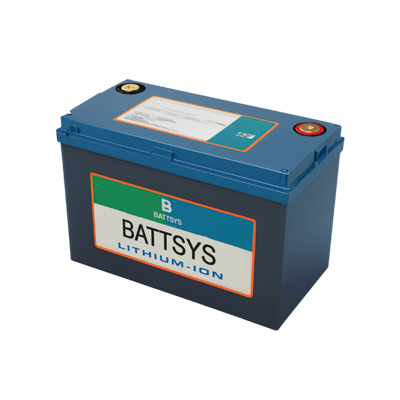How do i charge a marine battery.
The methods for charging marine batteries include using shore power sources for charging and using floating charging methods.
Charging with shore power is a simple and convenient way, suitable for harsh environments. This method connects the ship to the shore power station with a wire and starts the charging process by scanning the code. Shore charging has no exhaust emissions and noise pollution, making it more environmentally friendly compared to fuel powered power generation.

Float charging method is a method of maintaining the voltage of a battery within the range of float charging voltage, aimed at extending the lifespan of the battery, compensating for capacity loss caused by self discharge, and inhibiting sulfation caused by active substance recrystallization. When floating charging, the output voltage of the charging device remains constant at the float charging voltage value of the battery. Generally, for 12V batteries, it ranges from 13.2V to 13.8V, and for 24V batteries, it ranges from 26.4V to 27.6V. The float current is determined based on the capacity and self discharge rate of the battery, usually ranging from 0.5% to 1% of the capacity value. During the floating charging process, the temperature, liquid level, specific gravity, terminals, and housing of the battery should be regularly checked to avoid overcharging or discharging, in order to ensure the safety and service life of the battery.
In summary, the charging method for marine batteries can be chosen based on the specific conditions and environment of the ship, whether it is shore power charging or floating charging. Both methods can effectively ensure the performance and lifespan of the batteries.
